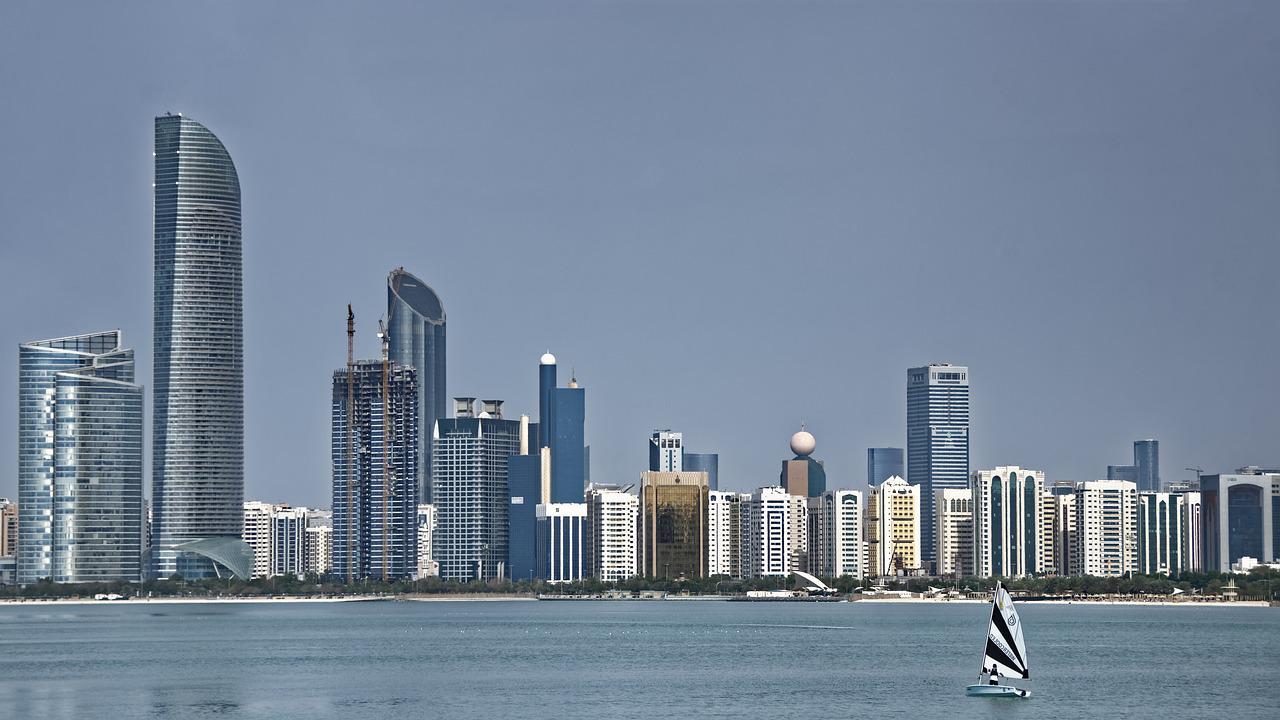Before the COVID-19 pandemic, Abu Dhabi's retail sector experienced sluggish growth due to the relatively stagnant economic activity and modest expansion of e-commerce adoption. However, as the pandemic forces non-essential stores to shift to online selling, e-commerce immediately saw a fast-tracked traffic within a few months of the global crisis, facilitating the retail stores to continue their business activities and catering to the citizens' needs.
The pandemic has emphasized multi-channel operators in the region, putting businesses with a strong internet presence at the forefront of people's minds and eventually rearranging top-of-mind brands as Abu Dhabi gradually reopens its economies in the post-pandemic era. However, today, the number of total visitors to Abu Dhabi's physical retail and recreational stores remains on average at 36.2 percent below the pre-pandemic baseline, justifying a permanent consumer behavior shift to e-commerce shopping.
E-Commerce Growth in Abu Dhabi

E-Commerce has enabled new businesses to emerge from the platform, crowding the retail market by allowing cost restructuring from capital expenditure to IT infrastructure and adding supply to the market. As a result, Abu Dhabi is likely to continue traffic and Micro, Small, and Medium Enterprises (MSMEs) from the e-commerce boom phenomena. Today, the Abu Dhabi e-commerce growth is rising with a CAGR of 35 percent or more than a four-fold jump in value year on year, a faster growth rate than other developed markets such as the US, China, Korea, and Germany range of 16 to 25 percent.
With over 90 percent of Abu Dhabi residents adopting social media and browsing through the region's top five e-commerce websites, Abu Dhabi's total screen time has recorded an all-time high. Amazon takes the largest share of 9 to 12 minutes on average each time the app is opened. The increase in total screen time still has room for growth as Abu Dhabi's economy reopens and expatriates return from their year-long off during the pandemic.
In the market, Abu Dhabi e-commerce trends are racing to provide multi-category products with access to ratings and reviews, allowing the country to establish ecosystems and increase customer stickiness to each of the apps. Other customer acquisitions and retention approaches include discounted offers, seamless deliveries, free exchange fee rates, and free returns. Amazon and Noon, as the two dominant players in the industry, have boasted conversions ranging from 3 to 5 percent across categories, especially during events and holidays such as Black Friday or Independence Day.
The accommodative measures and dynamic promotions resulted in Abu Dhabi customers increasing their average purchasing basket sizes. Today, the average basket size for e-commerce shopping per person in the region has reached USD 1.280 yearly, with fashion, beauty, and online food products taking the primary shares of the wallet.
However, with e-commerce taking fast routes to the peak, Abu Dhabi challenges upgrading its supply chain efficiencies. Failure to deliver promptly would lead to sourcing issues and higher return volumes, posing significant risks for e-commerce companies as customers possess bargaining value between choosing offline and online shopping methods. As the e-commerce industry grows, the urgency of increasing its verticals comes as a requirement for Abu Dhabi.



